A sunscreen story in summer? Groundbreaking. But before you roll your eyes and continue scrolling, let me ask: do you think that mineral sunscreens (zinc or titanium oxide-based) sit on the surface of your skin and physically block UV rays? That is incorrect, although most people still believe they do.
So, give me five minutes of your time. Your skin will thank you.
DON’T buy sunscreen from overseas
Unless I’m on vacation and have somehow run out (it hasn’t happened yet, touch wood), I don’t buy sunscreen overseas. Because, put simply, Australian sunscreens are superior.
“Australia has a tightly regulated environment for sunscreens, and we are very lucky that they’re treated as a pharmaceutical product,” says Adjunct Associate Professor Craig Sinclair, Head of Prevention at Cancer Council Victoria and Director of the World Health Organisation Collaborative Centre for UV Radiation at Cancer Council Victoria. “There’s no reason to import sunscreens because you’re not going to get a better product anywhere else.”
“The testing involved for Australian sunscreens is quite… zealous, and that’s because of our harsh climate and extreme levels of UV radiation,” adds Hannah English, a pharmaceutical scientist and sunscreen evangelist (it’s one reason we’re friends).
Australia has a tightly regulated environment for sunscreens
Japan, South Korea, the UK and Europe have similar testing standards to us, as does the United States, but Hannah would never use an American-made SPF that isn’t available here “because their UVA protection testing isn’t as strict, so you could be subject to more UVA radiation.”
Also, the science and innovation around sunscreen filters is constantly advancing, but “the US hasn’t approved a new UV filter since the ’90s, and sun protection has come a long way since then, in terms of the look and feel of the ingredients, and how well they protect our skin. It’s a real shame.”
It’s why some US sunscreens aren’t available here (they don’t pass the tests for listing in Australia) or are sold locally with a lower SPF rating (example: Fenty Skin Sun Vizor has an SPF30 rating in the US and SPF15 here). “If the sunscreen is available in both countries with the same SPF rating, that’s fine,” says Hannah.
DO know how physical/mineral sunscreens work
I know this is one of Hannah’s bugbears (mine, too) and here’s what she said when I asked about the persistent myth that physical sunscreens only deflect UV rays.
“Did you know that UV filters all work largely by absorbing UV radiation and converting it to heat? A negligible amount of heat, too. It’s not the reason your skin feels hot in direct sun. That’s actually infrared energy, also emitted by the sun.”
Physical/mineral UV filters “reflect no more than 15 per cent of UV radiation—and absorb the rest! The way they protect isn’t physical at all!”
Are we all on the same page now? Yes? Great.
DON’T discount chemical sunscreens
Another of our bugbears: we’re over the whole “chemicals are toxic” narrative. So. Over. It. We’re both team chemical sunscreen because the cosmetically elegant formulations tend to be clear or rub into the skin without residue, unlike the white/grey/purple cast that some mineral sunscreens can leave. This makes chemical sunscreens “more inclusive for people with medium to dark skin,” says Hannah.
“All skin needs sun protection and it’s objectively not cool to make a product that only works for light skin, especially if you’re also going to unreasonably demonise ‘chemicals’ without the skills to interpret the data. We can’t all be scientists, so it’s important to defer to the experts in any field.” (That kind of straight talk is another reason we’re friends.)
UV filters reflect no more than 15 per cent of UV radiation
So here’s the deal with chemical sunscreens: “they’re not endocrine disruptors, unless you have a massive overdose, like, bucket-of-sunscreen-every-day-for-200-years massive, and they don’t cause cancer—but the sun can and does. Easily.”
And tell that friend who’s always banging on about chemical sunscreens seeping into our bloodstream that ok, “it’s true that older UV filters can be absorbed into the bloodstream, because they’re small, oily molecules, but newer ones are larger, so they aren’t.” And maybe also tell that friend that zinc oxide, a filter widely used in physical/mineral sunscreens, can also end up in the bloodstream, “but your body filters it and disposes of it, just like anything else it doesn’t need.”
Now, you might prefer a physical/mineral sunscreen because zinc oxide or titanium dioxide can be less irritating on sensitive (or young) skin than some chemical filters, while blemish-prone or oily skin might find these types of sunscreens too thick or heavy. It all comes down to personal preference, so go with the one that feels best for you.
DO apply more than you think
Experts say we should apply sunscreen to a thickness of 2mg of sunscreen per cm² of skin, which is correct and how sunscreen SPF is assessed in a lab, but do you know how much that actually is? I definitely don’t, which is why the Cancer Council has always gone with a real-world measurement we can all visualise: one teaspoon per limb, which adds up to seven teaspoons for a full body application. Yes, that much.
“The vast majority of people are not applying anywhere near the amount of sunscreen that we recommend,” says Professor Sinclair. “It’s usually substantively less, so they’re not getting the full benefit of what the product can actually deliver.”
My advice: actually use a teaspoon to measure out how much SPF you need. I bet you’ll be surprised.
And Professor Sinclair also warns about forgetting to coat these oft-overlooked spots: “the ears, lips, and for those who are a bit light-on in the hair, the skull.”
DON’T apply your first SPF layer at the beach
There are lots of things I don’t like about the beach (un-Australian, I know), and right up there after “sand” is “seeing people plonk down their gear and apply their first layer of sunscreen.” Grrrr. The instruction on your SPF to apply at least 20 minutes before stepping outside is there because sunscreen works by forming a film on your skin, and it needs time, like, say, 20 minutes, to form that film.
“If you wait until you’re already in the sun to apply sunscreen, the UV damage has already started,” says Hannah. “Apply it before you step outside, allow it to dry down, even out and set on your skin for maximum coverage.”
The takeaway: the best sunscreen is the one that you’re going to use, and use liberally, every single day.
“In the middle of January, no matter where you are in Australia, whether that’s Hobart or Darwin, the first signs of sunburn can commence in less than 15 minutes,” warns Prof Sinclair. “So we can’t afford to spend time outdoors without sunscreen— along with other forms of sun protection— because inevitably, for most fair-skinned Australians, they’ll just get burned in a very quick period of time.”
And here are some sunscreens to try…
- iS Clinical PerfecTint Powder SPF 40, $110, can be brushed along the hairline and hair parts, or over the face as part of your reapplication routine (don’t forget to reapply!).
- Neutrogena have reformulated their Ultra Sheer range, making them lightweight and with a non-sticky, non-greasy and matte finish.
- Ultraceuticals Ultra UV Protective Daily Moisturiser SPF50, $88, doubles as a moisturiser and sunscreen.
- One of the next-gen sunscreens that includes skincare ingredients, Carroten Everyday SPF50+ Suncare Face Lotion, $12.49, has hyaluronic acid for added hydration.
- Bondi Sands Hydra UV Protect SPF 50+ Face Fluid, $19.95, is non-comedogenic, meaning it won’t clog pores.




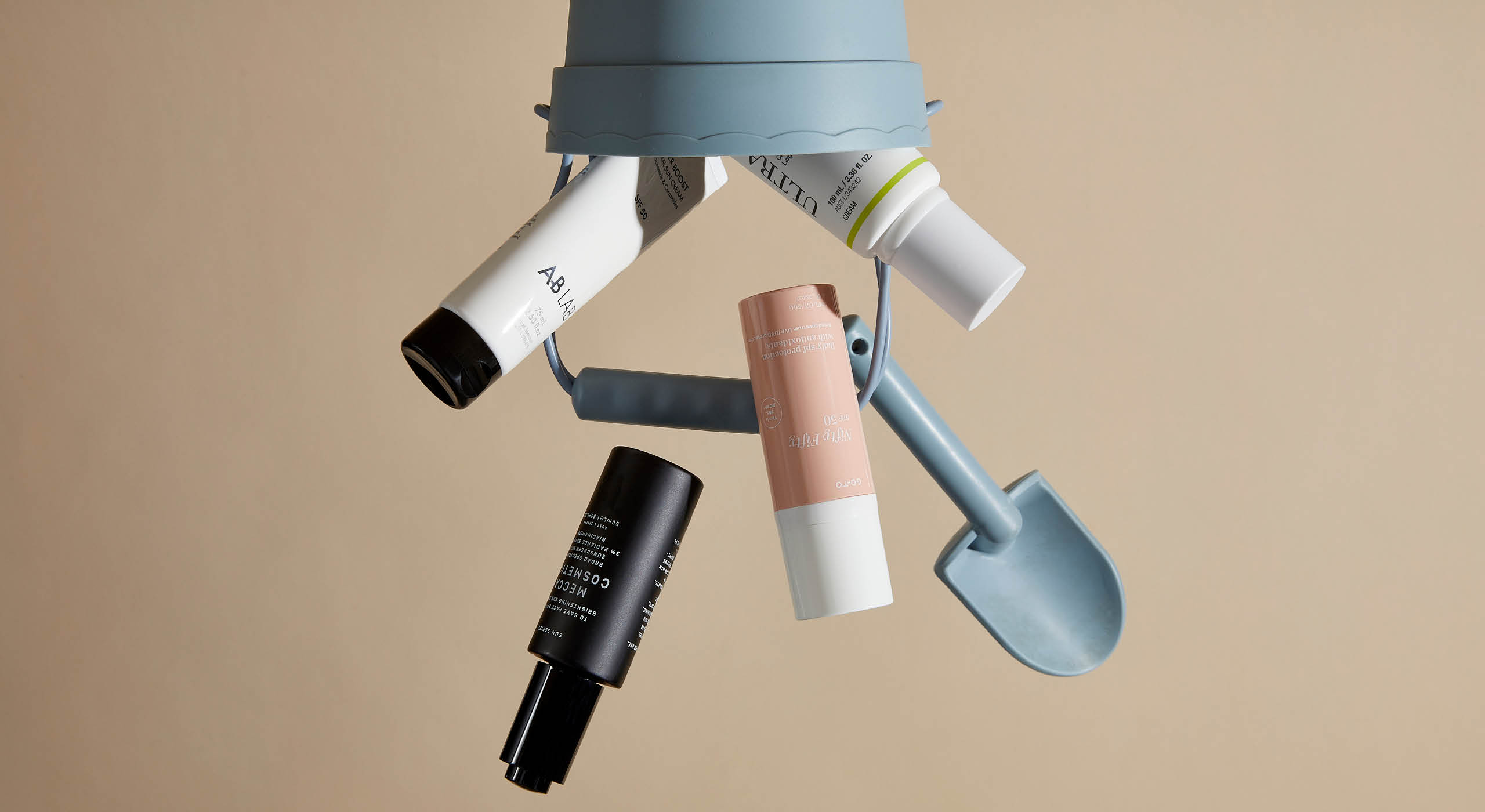

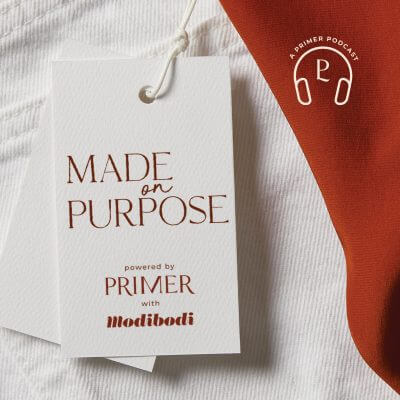
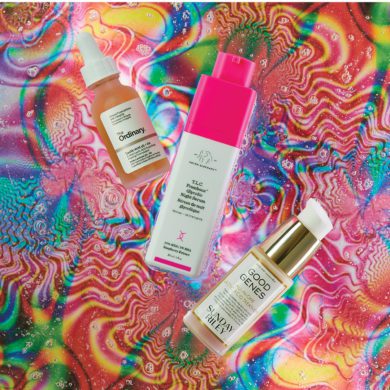
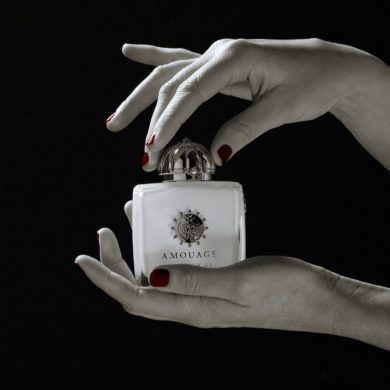

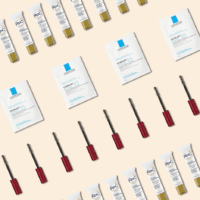

No Comments